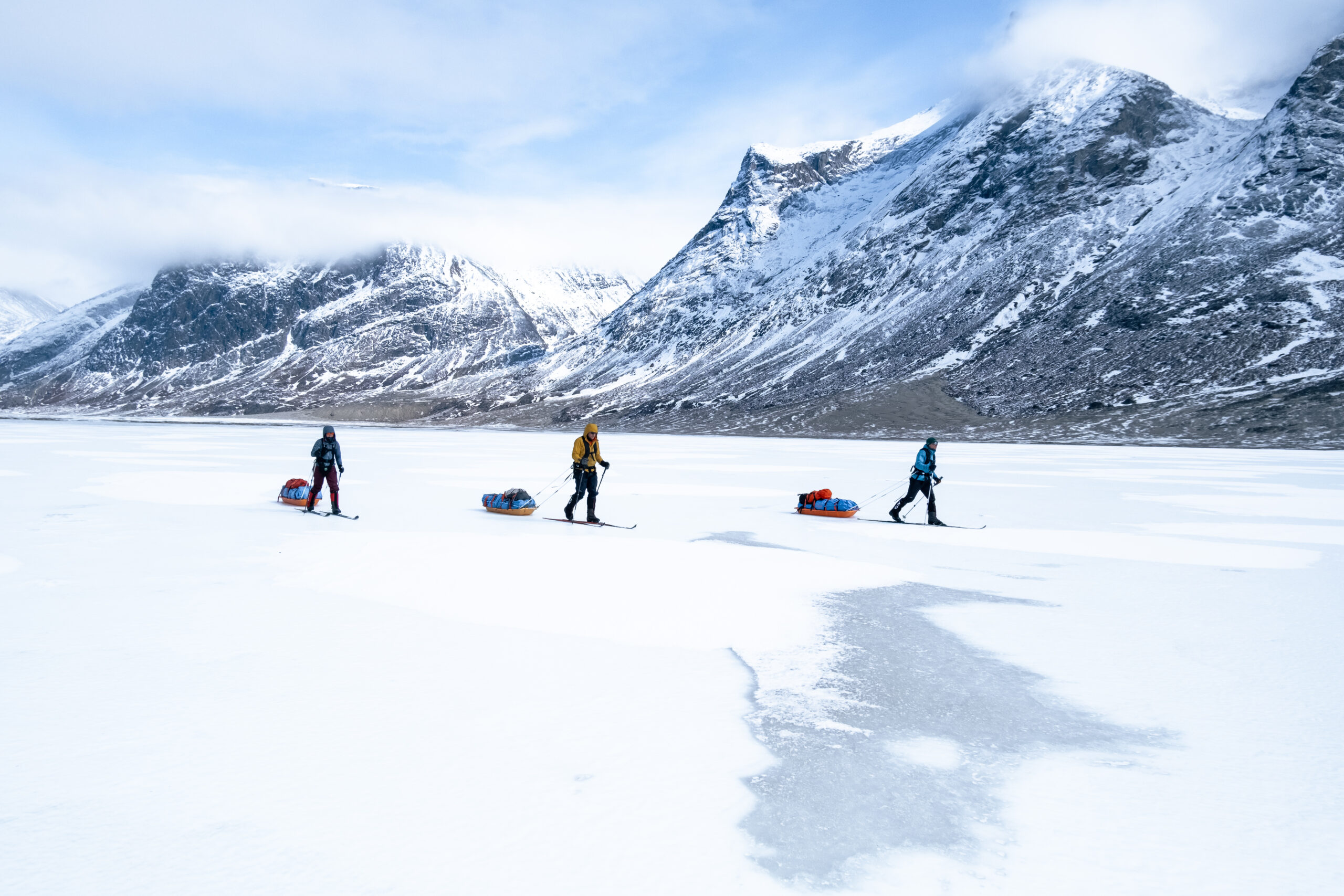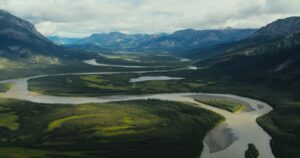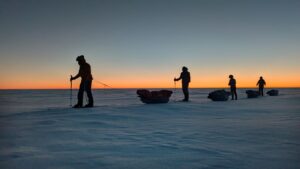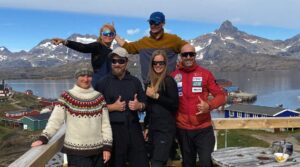Sled expeditions remain underway on Canada’s Ellesmere Island and in the Northwest Passage, while other journeys have recently concluded in Siberia, Iceland, and on Baffin Island. The Arctic spring is at its peak. The long days are brilliantly sunny. You can still get frostbite in a wind, but on a calm day, even just an undershirt may be too warm.
Ellesmere Island
Two weeks into their 1,100km attempt at the first unsupported north-to-south ski crossing of Ellesmere Island, Børge Ousland and Vincent Colliard are now well inland. They traveled south over frozen Markham Fiord to the Grant Ice Cap — the first of three that they are traversing. Hauling 130kg sleds through deep snow up to the 1,400m-high ice caps of northern Ellesmere, their pace has slowed to a still-impressive 14km on some days.
The experienced pair is currently near the Henrietta Nesmith Glacier, approximately 30km west of Lake Hazen (the world’s largest High Arctic lake) and 30km east of 2,616m Barbeau Peak, the highest mountain in North America east of the Rockies.
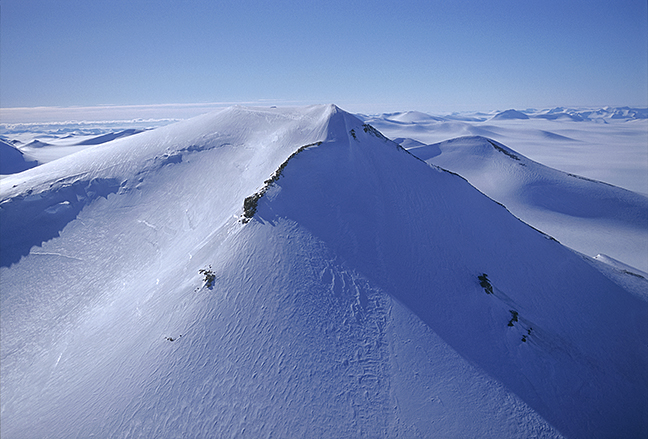
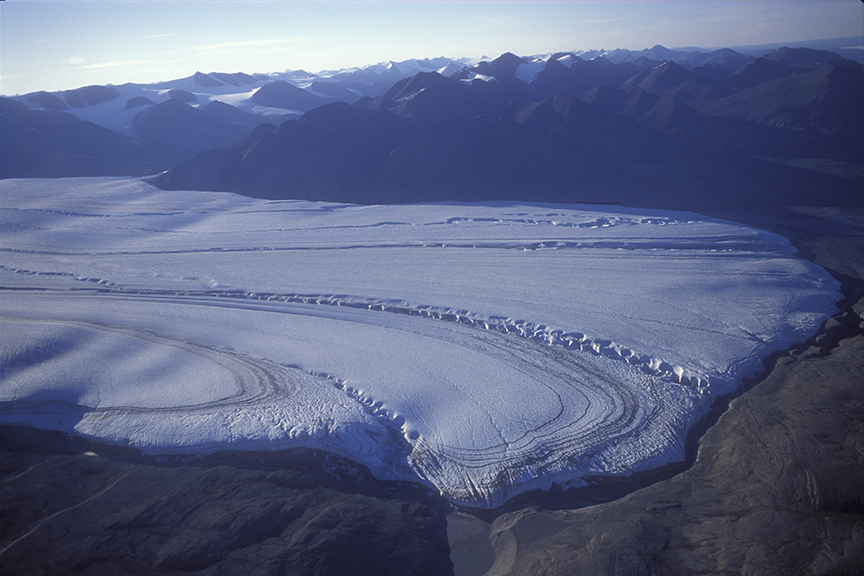
Above: Barbeau Peak. Below: Henrietta Nesmith Glacier. Both: Jerry Kobalenko
Northwest Passage
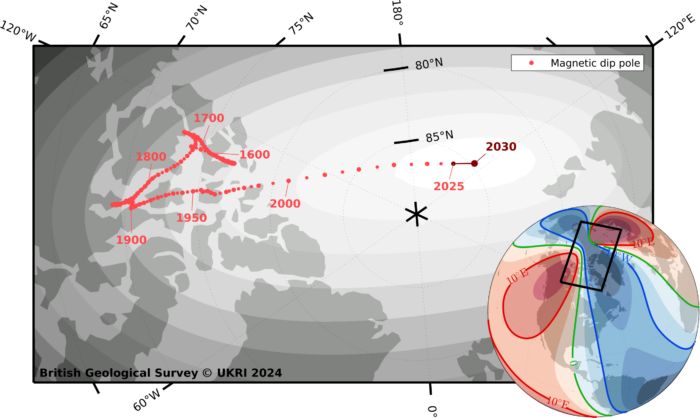
The changing location of the North Magnetic Pole. Photo: British Geological Survey
Spaniards Jose Trejo, Sechu Lopez, and Francisco Mira are now 34 days into their sled journey to Gjoa Haven. After an initial charter flight to Prince of Wales Island, they have skied approximately 490km. As of May 8, they are approaching the Tennent Islands, just off the coast of King William Island. They will then navigate around these to their final destination, Gjoa Haven. Despite strong winds and low visibility on some days, they’ve maintained a steady pace of 20–25km per day over the past week.
Notably, on day 29, the trio reached the historic point where James Clark Ross first identified the Magnetic North Pole in 1831. This is the location on Earth where a compass needle points straight down, as the planet’s magnetic field enters the ground vertically. This point is not fixed, however, as the Magnetic Pole drifts constantly and is now located in the Arctic Ocean north of Siberia, an astonishing 15° farther north than it was in Ross’s day.
Further east, Anders Brenna is nearing the end of a long and markedly shortened expedition. Originally aiming to ski 1,100km from Gjoa Haven to Glenelg Bay on northern Victoria Island, he traveled slowly and ultimately had to adjust course toward Cambridge Bay, trimming the journey to just 400km. He is expected to finish soon.
Baffin Island
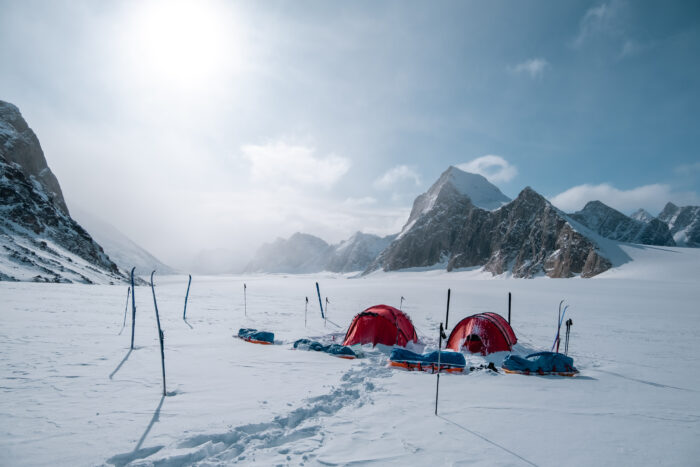
Photo: Ben James
The British team of Tom Harding, Ben James, Leanne Dyke, and James Hoyes began with a false start on April 7, when high winds forced them to abandon their initial snowmobile drop-off at Kingnait Fiord, east of Pangnirtung. They resumed on April 10 from a new point near the park boundary and spent three days hauling gear up to the Nerutusoq Glacier.
From there, they made two first ascents before moving to the Fork Beard Glacier. Here, they completed two more first ascents and attempted a third summit unsuccessfully. They abandoned their original goal, the Gateway Glacier, due to glacial retreat and insufficient snow cover. Instead, they remained on the Fork Beard Glacier, where they climbed three additional peaks, all believed to be previously unclimbed.
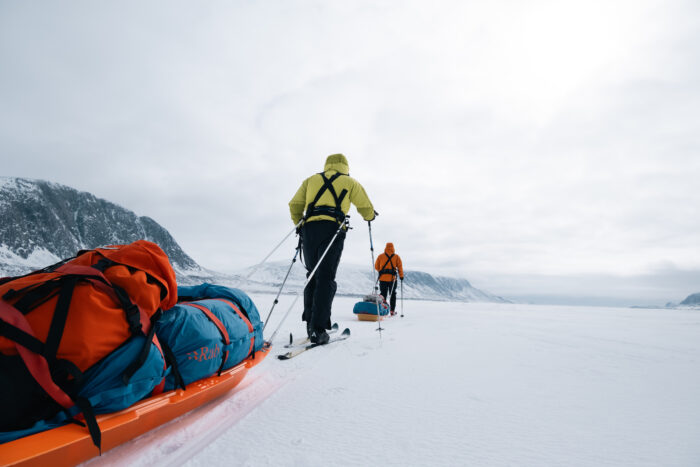
Photo: Ben James
In total, the Britons made seven possible first ascents. Some neighboring summits had been climbed on one of those peaks. The rest were located near little-visited glaciers. Access to this part of Eastern Baffin is rare due to logistical challenges, particularly in summer when heavy gear transport is difficult on foot. Winter travel using skis and pulks with good snow cover made these ascents possible. Most visitors focus on well-known peaks like Mount Thor and Mount Asgard to the west.
The team completed its journey with a four-day ski out via the Weasel River Valley and Pangnirtung Fiord, returning to the hamlet of Pangnirtung on April 30. Early temperatures dipped to -25 to -30°C, but the weather was largely favorable, with many blue-sky days and only one and a half days tent-bound due to snow and wind.
Siberia
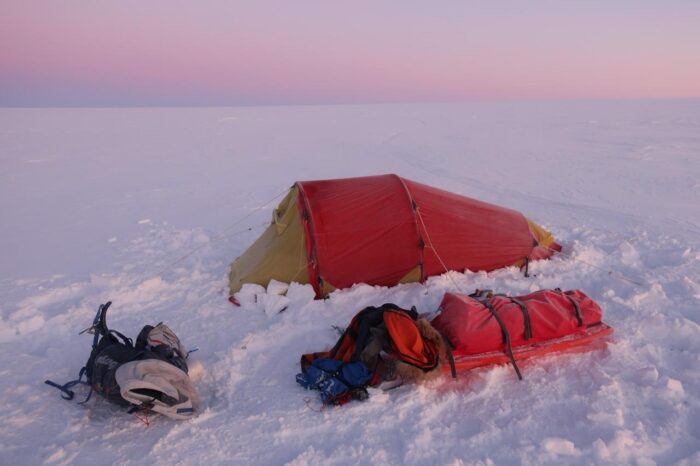
Camp on the Anabar Plateau. Photo: Maciej Besta
In February, Polish adventurer Maciej Besta completed a solo winter expedition across the Anabar Plateau, one of the most remote and least traveled parts of the Central Siberian Plateau in northern Siberia. The approximately 220km ski journey traversed the plateau’s highest regions. Along the way, he made winter ascents of two unnamed peaks, including the plateau’s highest point (908m) and another steeper, unmeasured summit.
Temperatures during the expedition ranged from –40°C to –50°C, with the final days marked by intense purga, fierce Siberian windstorms common to the region. The journey began near the remote village of Saskylakh, located in Russia’s far north above the Arctic Circle, northeast of the Anabar Plateau.
Besta was eventually collected near the southwestern edge of the plateau by a team from Yessey, another isolated village deep in central Siberia. The pickup team required five days of arduous overland travel across snow-covered taiga and frozen rivers to reach him.
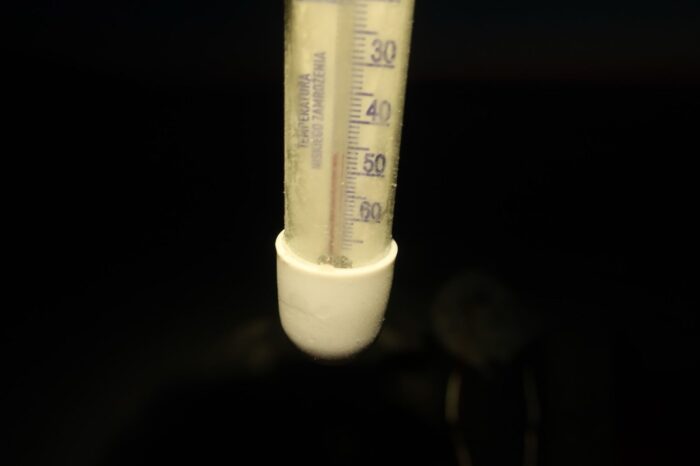
Besta experienced extreme cold. Photo: Maciej Besta
Besta has been traveling to Siberia in winter for over a decade and suggests few travelers trek on the Anabar Plateau in winter. It is very inaccessible, and sledders face extreme cold, dense forests, and stony fields.
Iceland
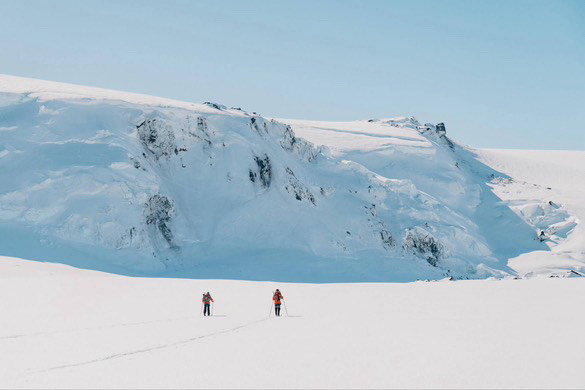
Photo: Niklas Heinecke
At the end of April, Jan Rasmussen, Niklas Heinecke, and Tommaso Fusco completed a 163km unsupported ski crossing of Iceland’s Vatnajökull, Europe’s largest ice cap and an area notorious for volatile weather. The team travelled from east to north, then from north to west, finishing the route after eight days of skiing, with an additional two days spent tentbound due to poor conditions.
Greenland
Camilla Ringvold’s kite-skiing group has crossed the 76th parallel and reached the halfway point of their journey to Qaanaaq on May 6. They are now racing to arrive in time for outbound flights scheduled for either May 15 or May 20. In recent days, the trio has been covering distances ranging from 90 to 170km per day.
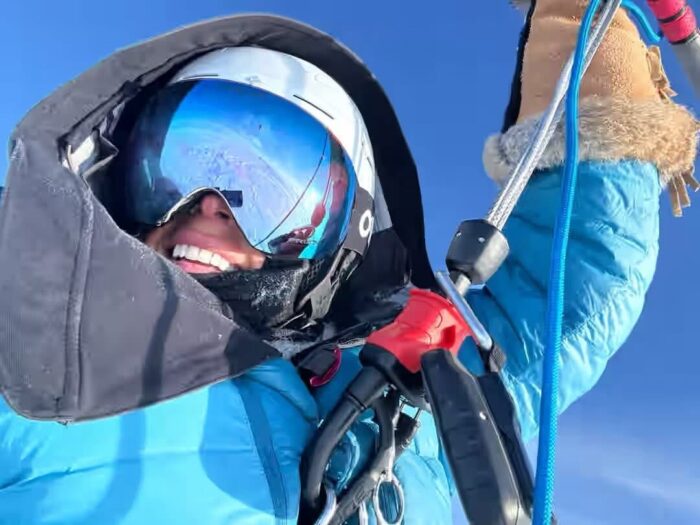
Ringvold kiting. Photo: Camilla Ringvold
Still no update on Japanese Arctic adventurer Yasu Ogita, whose last communication came in mid-April from Qaanaaq. At that time, he was waiting for a helicopter transfer to Siorapaluk, the planned starting point for a 400km round-trip to the Cape Inglefield area.
